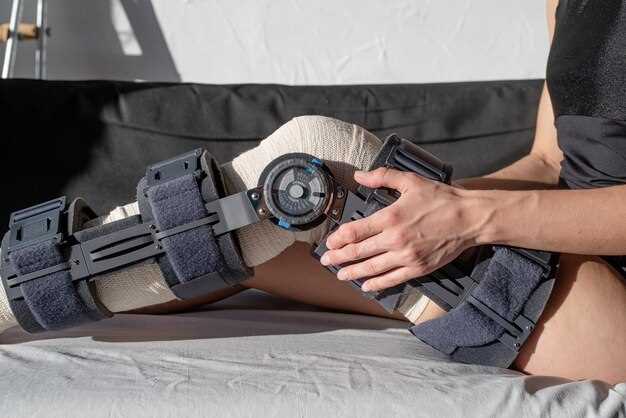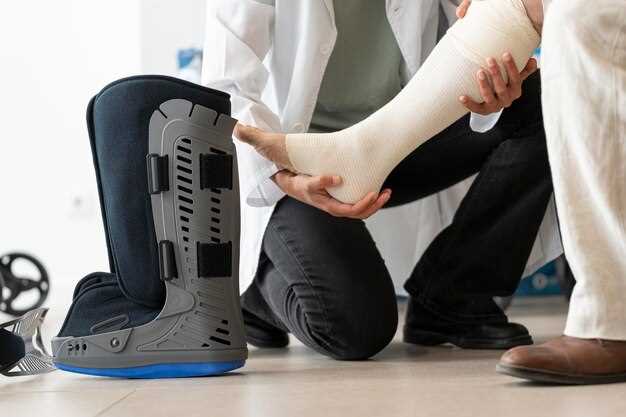
A bow is a complex assembly of parts that requires regular maintenance and inspection to ensure optimal performance. One of the most critical components of a bow is its cams and limbs, which are essential for the bow’s functionality. Failure to inspect these parts for signs of damage can lead to decreased performance and, in the worst-case scenario, complete bow failure.
Cams are responsible for the smooth draw cycle and let-off during shooting. Any signs of wear, cracks, or misalignment in the cams can significantly affect the bow’s accuracy and safety. It is crucial to examine the cam system closely to identify any potential issues that could compromise the bow’s integrity.
On the other hand, the limbs of the bow bear the tension of the string and are subject to immense stress during usage. Inspecting limbs for signs of splintering, warping, or unusual wear is equally important. A failure in this part of the bow can lead to catastrophic results, making regular inspections an indispensable part of bow maintenance.
Identifying Cracks and Wear on Cams

Regular inspection of the bow’s cams is crucial to ensure optimal performance and prevent potential failures during use. Cams are subjected to significant stress and must remain in good condition for reliable operation.
When inspecting cams, focus on the following signs of cracks and wear:
- Visual Inspection: Examine the surface of the cams for any visible cracks or chips. Pay close attention to the areas that experience the most stress, such as the edges and corners.
- Surface Texture: Check for irregularities in the texture of the cam. A smooth, even surface is ideal, while rough patches may indicate wear or fatigue.
- Color Changes: Look for discoloration, which may signal overheating or excessive wear. Darkened areas can be indicative of thermal damage.
- Auditory Inspection: While drawing the bow, listen for any unusual sounds such as creaking or cracking, which can suggest internal damage or material fatigue.
To perform a thorough inspection, follow these steps:
- Remove the bowstring and cables to lessen tension on the cams.
- Carefully wipe down the cams to remove dirt and debris for a clearer view.
- Inspect each cam using a bright light, continuing to check for both visible and subtle signs of damage.
Addressing any identified issues immediately can prevent further damage and potential failure during operation. If any cracks or significant wear are detected, it is advisable to consult a professional or consider replacing the affected part to ensure safety and reliability.
Assessing Limb Integrity and Flexibility

When it comes to bow performance, the integrity and flexibility of the limbs are crucial factors that can influence shooting accuracy and overall efficiency. Regular inspection of the limbs is essential to ensure they remain in optimal condition. Any signs of damage, such as cracks, dents, or unusual wear, should be addressed immediately to prevent potential failure during use.
The first step in assessing limb integrity is to visually examine the surface for any visible defects. Pay close attention to the tips and edges, where stress concentration can lead to significant issues. Additionally, flex the limbs slowly to observe their flexibility. They should bend smoothly without any stiffness or resistance, which might indicate internal damage.
Using a bow scale can help measure the draw weight and assess whether the limbs are performing as expected. If there’s a discrepancy, it could signal structural problems that require further investigation. It’s also important to listen for any unusual sounds during this process, as creaking or popping noises may suggest underlying issues.
Finally, always consider the age and frequency of use of your bow. Older limbs or those subjected to heavy use are more susceptible to failure. Regular maintenance and timely replacement of worn limbs can significantly enhance performance and safety, ensuring that every shot counts.
Conducting a Comprehensive Bow Inspection Routine
Regular and thorough inspection of your bow is crucial to prevent failure during use. Each part of the bow plays a significant role in its overall performance and safety, making it essential to check for any signs of wear or damage.
Start with the limbs, as they endure considerable stress during shooting. Inspect the surface for cracks or splinters. A damaged limb can lead to catastrophic failure, risking injury and equipment loss.
Next, focus on the cams and ensure they are functioning smoothly. Check for any misalignment or visible wear. If the cams exhibit excessive play or have developed any grooves, consider replacing them to maintain optimal performance.
The string and cables are another critical part of your bow. Inspect them for fraying, serving separation, or significant stretch. A compromised string not only reduces accuracy but can also lead to sudden failure, potentially causing accident and injury.
Don’t overlook the riser and grip as well. Look for any dents, cracks, or warping that could affect your grip and stability during use. A solid riser is essential for precision and overall shooting comfort.
Finally, check all hardware, including bolts and screws, to ensure everything is tightened and secure. Loose components can affect the bow’s integrity and function, leading to performance issues or sudden failure during use.
By following this comprehensive inspection routine, you can identify issues early, ensuring your bow remains in peak condition for safe and effective shooting.


